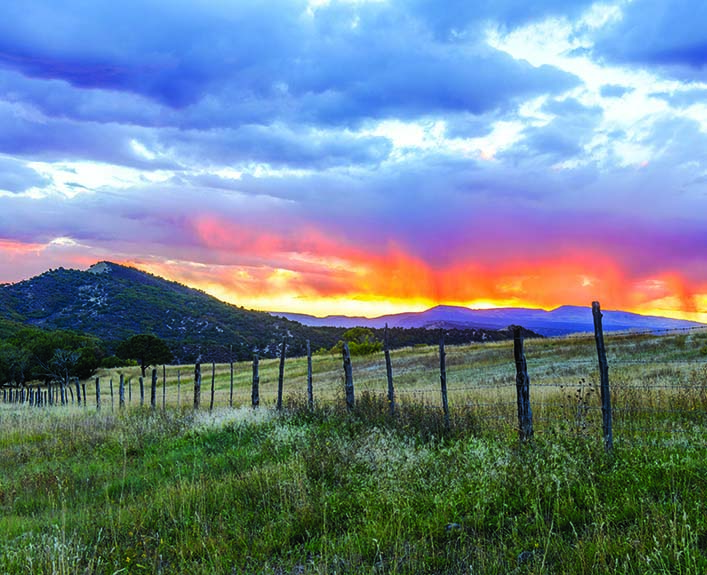By Kent Singer, CREA Executive Director –
Does rural Colorado matter? A recent story in The Denver Post titled “Colorado Rurality an Urban Legend” points out that nine out of 10 people in Colorado live in urban areas. So, while many people envision Coloradans living in wide open spaces or mountain majesty, that is more myth than reality.
Turns out, 80 percent of all jobs in Colorado are located in a corridor of nine counties from Fort Collins to Colorado Springs, according to a study by Headwaters Economics cited by the article. When an additional six counties that include smaller cities, such as Grand Junction and Durango, are included, that number moves up to an astonishing 89 percent. In other words, nearly 90 percent of all the jobs in Colorado are located in just 15 of Colorado’s 64 counties.
While this economic boom is great for Denver and other cities along the Front Range, many Colorado counties have been left out, with only 11 percent of the state’s jobs spread among the 49 remaining counties. An official with the Colorado Office of Economic Development and International Trade recently observed that while the Denver metro area has largely recovered from the 2008 recession, “the rural and more outlying areas of Colorado haven’t seen the same level of recovery.”
What’s the relevance of all this to the Colorado electric co-op program? Colorado’s electric co-ops mostly serve in those 49 counties left out of the recent job growth. While some suburban neighborhoods along the Front Range are served by co-ops, most co-op service territories are located in sparsely populated counties. Co-ops serve 70 percent of the state’s landmass and bring electricity to every corner of the state.
The Colorado legislature has long recognized the economic challenges facing rural Colorado, and earlier this year it passed legislation creating a rural Jump Start program. Under this program, businesses that locate in economically challenged areas of the state will receive exemptions from state income and sales taxes, as well as local business personal property taxes. Employees of those businesses may be eligible to have their state income taxes waived. A pilot of the new program is scheduled for next year before it is rolled out statewide.
We at the electric co-ops applaud the Jump Start program and are ready to work with the new businesses and people this program should bring to our rural communities. But we also are reminded that there is another challenge for these new businesses in terms of doing business in rural Colorado: the cost of electricity. Rural electricity rates are typically higher than those in urban areas simply because there are fewer customers to share the costs of co-op facilities. Serving in these low-population areas, electric co-ops have an average of only seven customers per mile of line compared to the 34 customers per mile of line for investor-owned utilities and 48 customers per mile of line for municipal utilities.
As some of Colorado’s rural counties experienced population declines and job losses, it has become even more difficult for the local electric co-op to provide affordable electricity. And, as nonprofit entities, co-ops must recover all of their expenses from their member-owners. If there are fewer members to share the costs, rates will increase. That often results in an increasing number of co-op member-owners having a hard time paying their monthly electricity bills.
Another challenge for co-ops is the increasing number of customer-owned power generation units, such as on-site solar panels. This, too, means declining revenues from the remaining customers.
This is why affordability is so important to electric co-ops. Their member-owners rely on electricity to run their businesses and homes in areas where jobs are scarce and incomes are stagnant.
Access to affordable electricity is a critical element of the economic survival of rural Colorado. Today, Colorado’s electric co-ops play an important role in providing that electricity and supporting an economic recovery that includes all corners of the state, corners where rural Colorado still exists.

